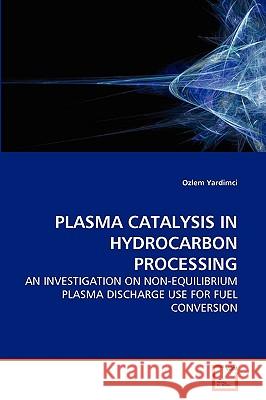Plasma Catalysis in Hydrocarbon Processing » książka
Plasma Catalysis in Hydrocarbon Processing
ISBN-13: 9783639264258 / Angielski / Miękka / 2010 / 112 str.
Plasma catalysis is the term used to describe the procedure of non-thermal plasma addition to a chemical process such that chemical reaction or conversion rates are enhanced by the presence of plasma. In this work, the plasma catalysis concept was investigated using both a pulsed corona and gliding discharges. Since gliding discharges can deliver both equilibrium and non-equilibrium plasma conditions in the same structure concurrently, a pulsed corona discharge was used for the proof of concept experiments. The model process was chosen to be the methane conversion to hydrogen or synthesis gas (mixture of hydrogen and CO) by the methods of CO2 reforming, partial oxidation and thermal decomposition. For the selected processes, non-thermal plasma addition to the preheated mixtures of reactants enhanced the chemical reactions (conversion rates) significantly. A detailed electrical and physical analysis of gliding arc discharges is also included.
Plasma catalysis is the term used to describe the procedure of non-thermal plasma addition to a chemical process such that chemical reaction or conversion rates are enhanced by the presence of plasma. In this work, the plasma catalysis concept was investigated using both a pulsed corona and gliding discharges. Since gliding discharges can deliver both equilibrium and non-equilibrium plasma conditions in the same structure concurrently, a pulsed corona discharge was used for the proof of concept experiments. The model process was chosen to be the methane conversion to hydrogen or synthesis gas (mixture of hydrogen and CO) by the methods of CO2 reforming, partial oxidation and thermal decomposition. For the selected processes, non-thermal plasma addition to the preheated mixtures of reactants enhanced the chemical reactions (conversion rates) significantly. A detailed electrical and physical analysis of gliding arc discharges is also included.











